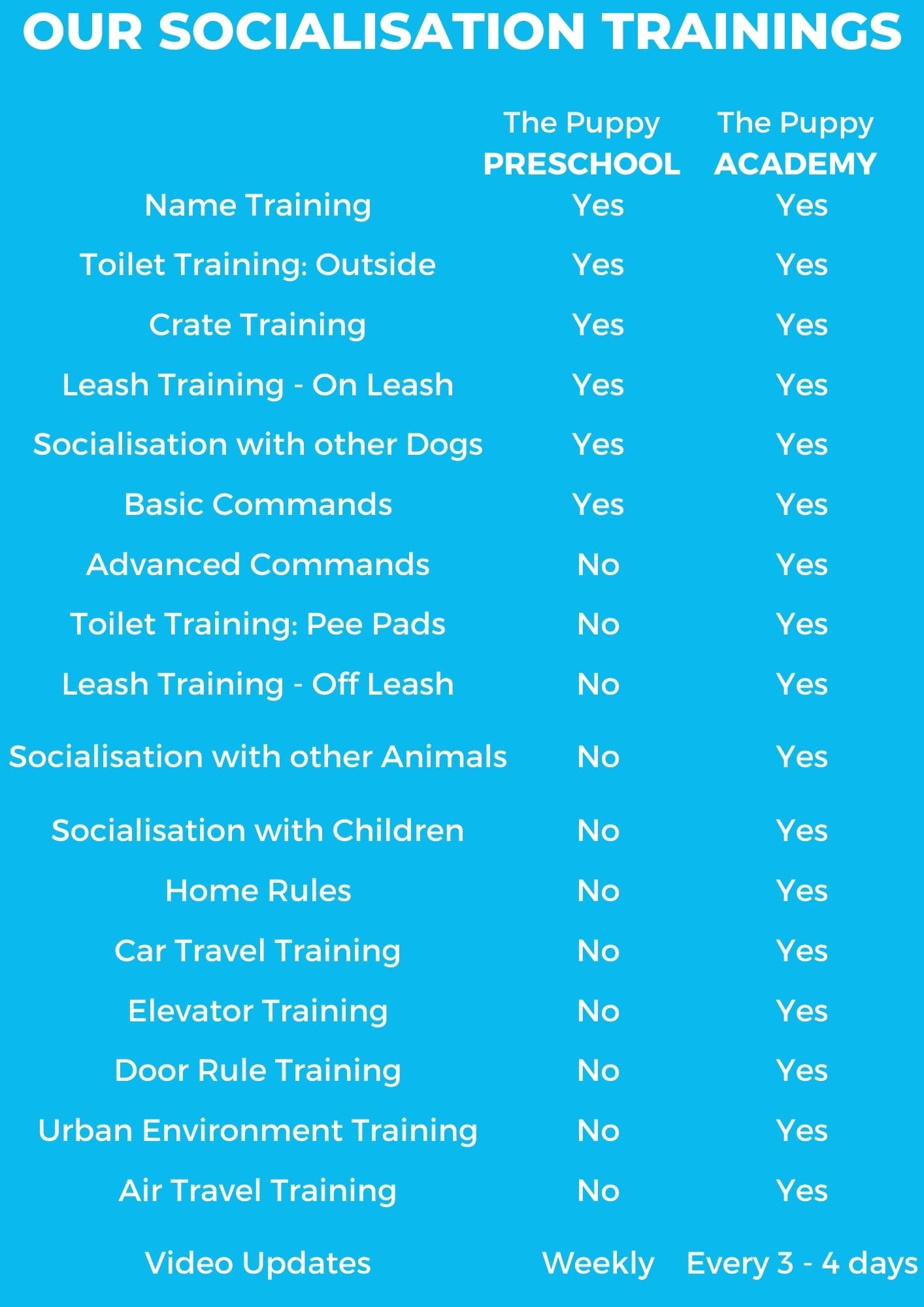Kennel cough
Considered one of those handful of diseases that can spread from one dog like wildfire, kennel cough is a real pain in the neck. Showning up as an inflammation of the tracheal and bronchial part of the respiratory tract, it is better known within the veterinary community as infectious canine tracheobronchitis. The tell-tale signs of kennel cough are a runny nose, accompanied by retching and the obvious characteristic coughing. Dogs suffering from a particularly strong irritation caused by the violent coughing, may also start vomiting.
What causes kennel cough?
Kennel cough can come about due to two types of infections. These could be viral infections like canine adenovirus and parainfluenza virus, or bacterial infections caused by mycoplasma or Bordetella bronchiseptica. Bordetella bronchiseptica can be considered to be the poster boy of this disease. The types of infections that can give rise to kennel cough are also divided into two further categories. The first category is one characterised by Bordetella and Parainfluenza virus infections that give rise to the milder form of kennel cough. The second type is much more dangerous with the possibility of involving a more varied and dangerous pool of disease causing microorganisms and viruses such as Canine Distemper virus and Canine Adenovirus.
Depending on whether the infection is viral or bacterial, it is also important to take care of how long the infected dog should be left in isolation. Viral infections usually keep shedding viruses for about one week after recovery. On the other hand, a dog with a Bordetella infection keeps on shedding bacteria for several weeks after complete recovery. Bordetella bronchiseptica is also frequently found in dogs considered to be clinically healthy, with the most recent statistics estimating that approximately half of the global dog population are carriers for this pathogenic bacterium.
Prevention and treatment
It is not uncommon for someone to go on holiday without a care in the world, thinking that their dog is safe in the hands of a professional kennel owner, only to come back and find the dog coughing and wheezing for dear life. Professional kennel owners need to keep the environment as clean as possible. This means disinfecting the kennels and its surrounding at whenever possible. If this is not done, it is only a matter of time before a dog carrying a pathogen (ie. A virus or microorganism that causes a disease) contaminates the rest of the kennels. It is sometimes still very difficult to prevent, as the pathogens can be airborne or transmitted by contact between the kennels’ four legged patrons.
Dog owners can still do a thing or two to prevent their dog from falling victim to this ailment. It is best for the dog to be as up to date as possible with the relevant vaccination shots. Vaccinations can come in the form of parenteral injections or in a form intended for intranasal route. If the dog is at a high risk of being infected, the intranasal method is preferred due to this method’s more localized and rapid action. Vaccination shots can cover against both bacterial and viral infections, but it is not uncommon that vaccinated dogs still fall victim to different strains of the same pathogen.
It is imperative that antibiotics are only used when a disease is of a bacterial nature. It is therefore important to take the dog to a veterinary clinic to determine if the dog is suffering from a bacterial or viral infection and therefore determine the best way to about treating it. If the cough does not produce phlegm or mucus, the vet might prescribe cough suppressants.
Kennel cough is not usually, in itself, a condition that can put your pet’s life at risk. However, if not treated, the condition can snowball into a number of secondary, serious infections, which can give
rise to more serious diseases. Therefore, it is wise to not underestimate this ailment and nip it at the bud, so as to ensure a longer, better life for your dog.






















